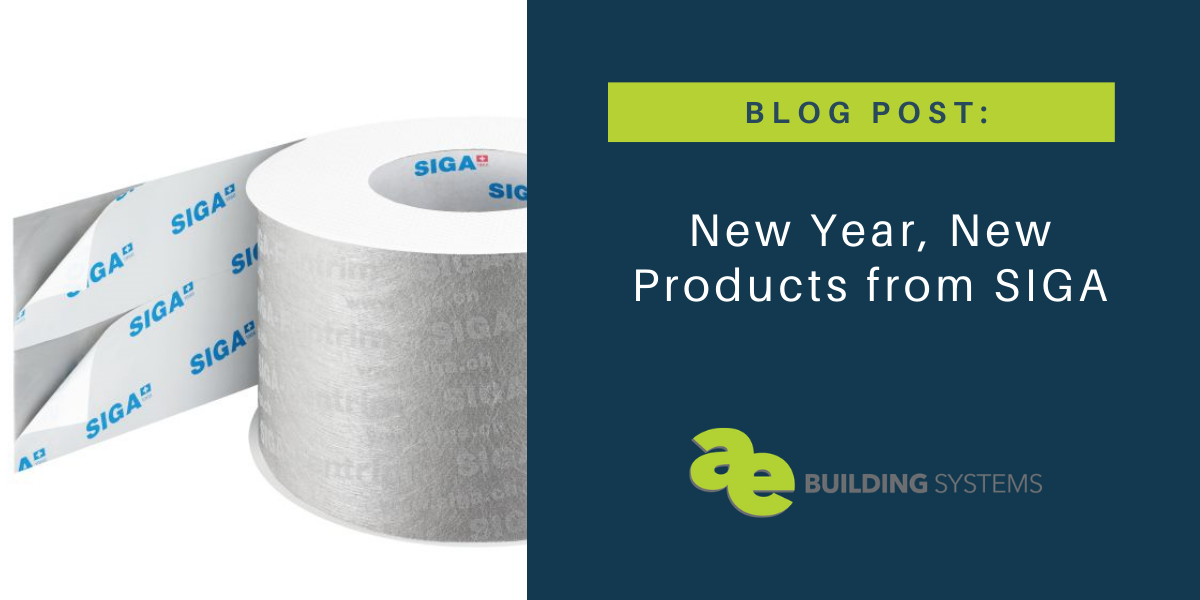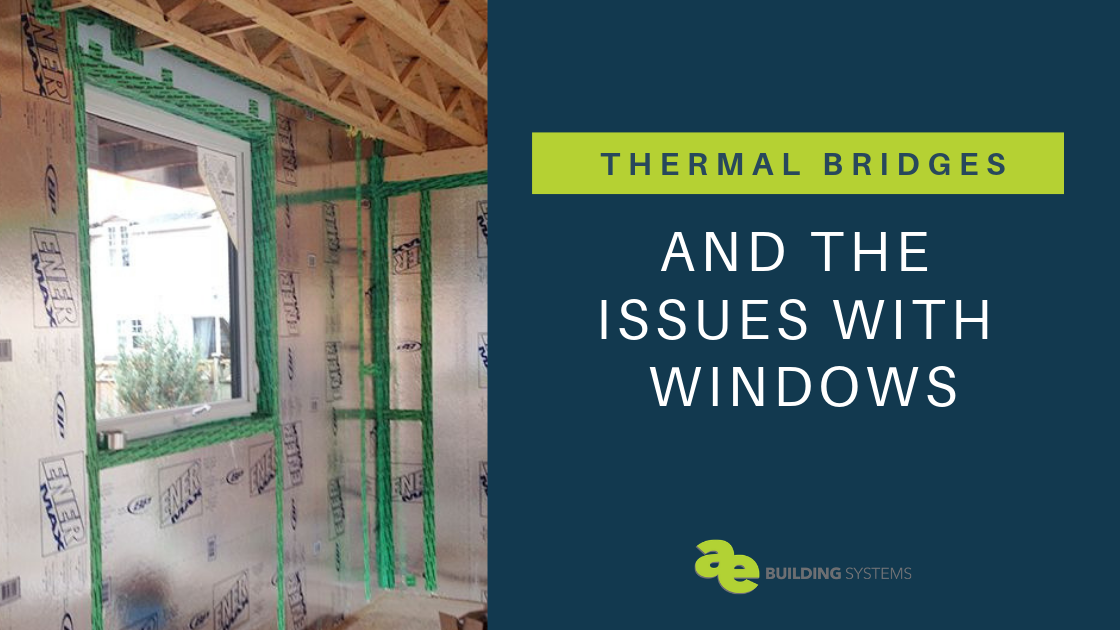Your cart is currently empty!
Tag: SIGA
-

New Year, New Products from SIGA
You may not have asked for construction products for the holidays this year, but that’s what you got under the Christmas tree! As we start off another great year, we’re all excited about the latest and greatest from SIGA. We know this means even better construction and energy savings in projects to come. These products…
-

SIGA Majrex: A Skin Like the Cactus
What can we learn from the cactus related to building science? The cactus “skin” has essentially two perm ratings. The cactus absorbs vapor through its skin at night, and in the daytime when temperatures rise, that same skin prevents the moisture from escaping. The skin of the cactus allows moisture to migrate inward, but not…

